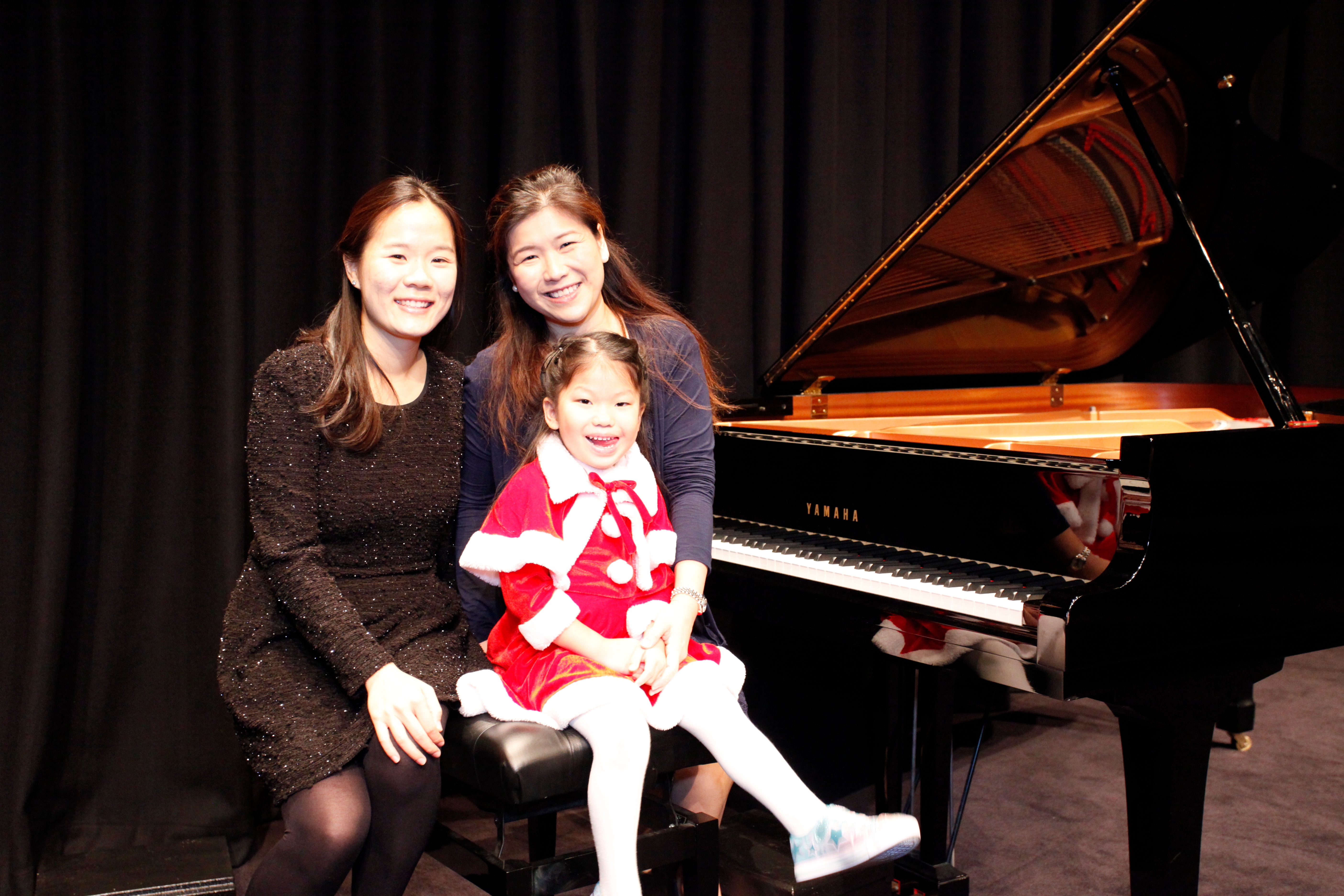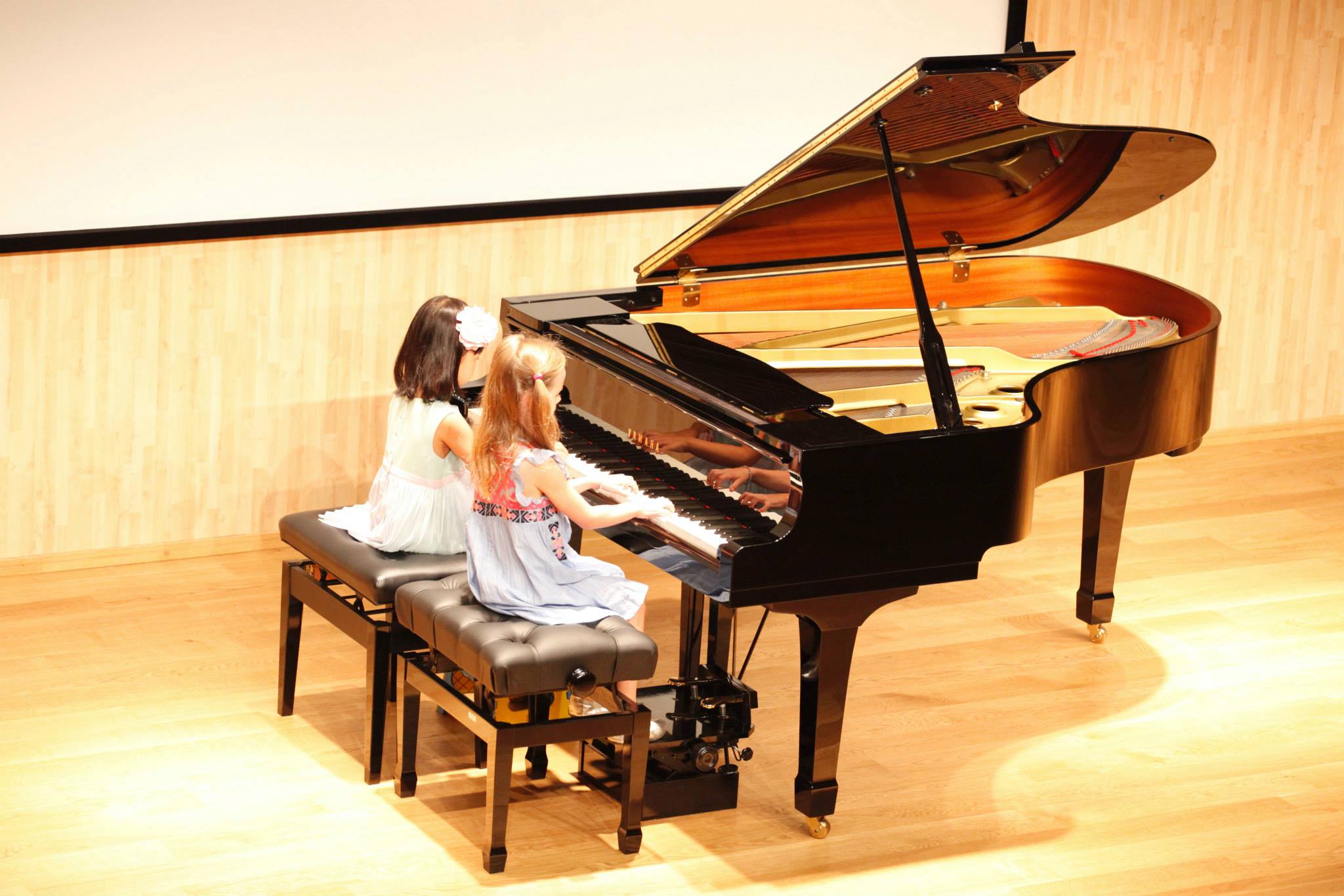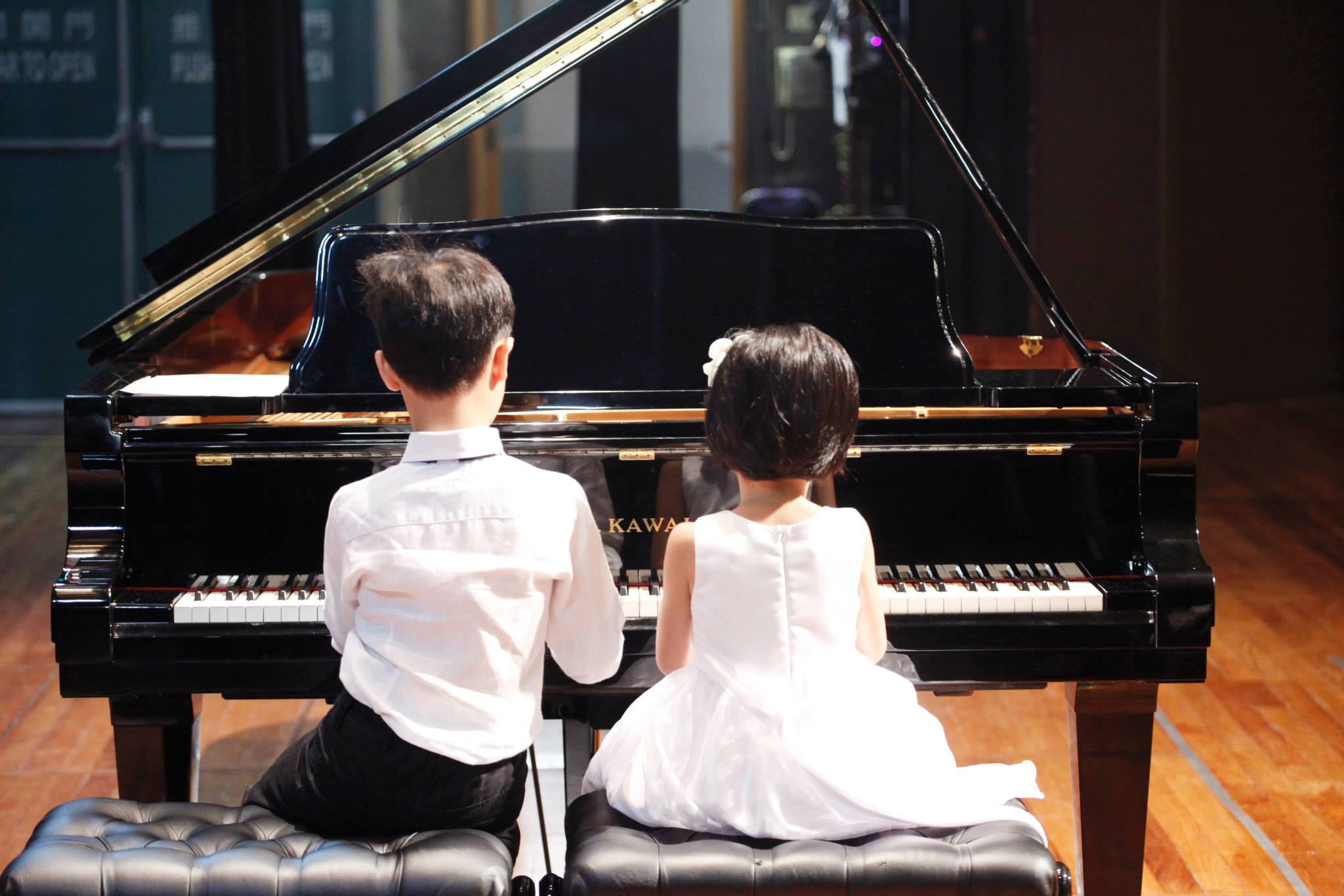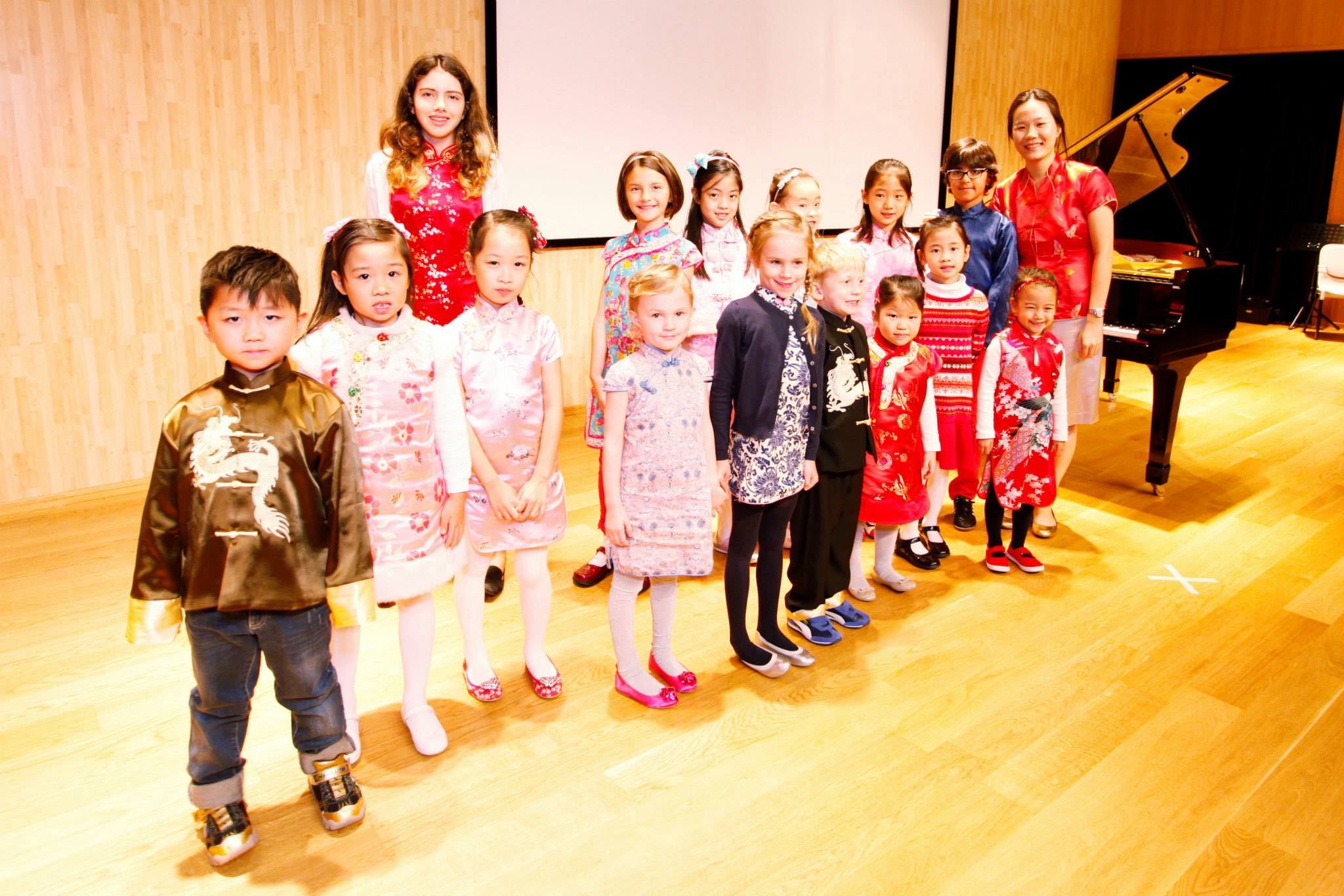Parent Involvement
As when a child learns to talk, parents are involved in the musical learning of their child. They attend lessons with the child and serve as “home teachers” during the week. One parent often learns to play before the child, so that s/he understands what the child is expected to do. Parents work with the teacher to create an enjoyable learning environment.
Early Beginning
The early years are crucial for developing mental processes and muscle coordination. Listening to music should begin at birth; formal training may begin at age three or four, but it is never too late to begin.
Listening
Children learn words after hearing them spoken hundreds of times by others. Listening to music every day is important, especially listening to pieces in the Suzuki repertoire so the child knows them immediately.


Repetition
Constant repetition is essential in learning to play an instrument. Children do not learn a word or piece of music and then discard it. They add it to their vocabulary or repertoire, gradually using it in new and more sophisticated ways.
Encouragement
As with language, the child’s effort to learn an instrument should be met with sincere praise and encouragement. Each child learns at his/her own rate, building on small steps so that each one can be mastered. Children are also encouraged to support each other’s efforts, fostering an attitude of generosity and cooperation.
Learning with Other Children
In addition to private lessons, children participate in regular group lessons and performance at which they learn from and are motivated by each other.


Suzuki teachers believe that musical ability can be developed in all children.
Parents play a vital role in the learning process.
Children become comfortable with the instrument before learning to read music.
Pieces are refined through constant review.
Students perform frequently, individually and in groups.
-
Music literacy
Listening skills
Sensitivity to rhythm and sound
-
Sensitivity
Self Esteem
Perseverance
Concentration
-
Verbal Skills
Memory Skills
Imagery and creativity
-
Motor skills
Body awareness
Hands and body coordination
-
Enrich the Child’s life
Bond Between Parent and Child
Creating something to share with the world
-
Studies has shown that playing music from a young age changes the structure of the brain, especially keyboard instruments. The using of 2 hands together reinforce the connection of the brain, and it stimulates the brain more than playing other instruments.